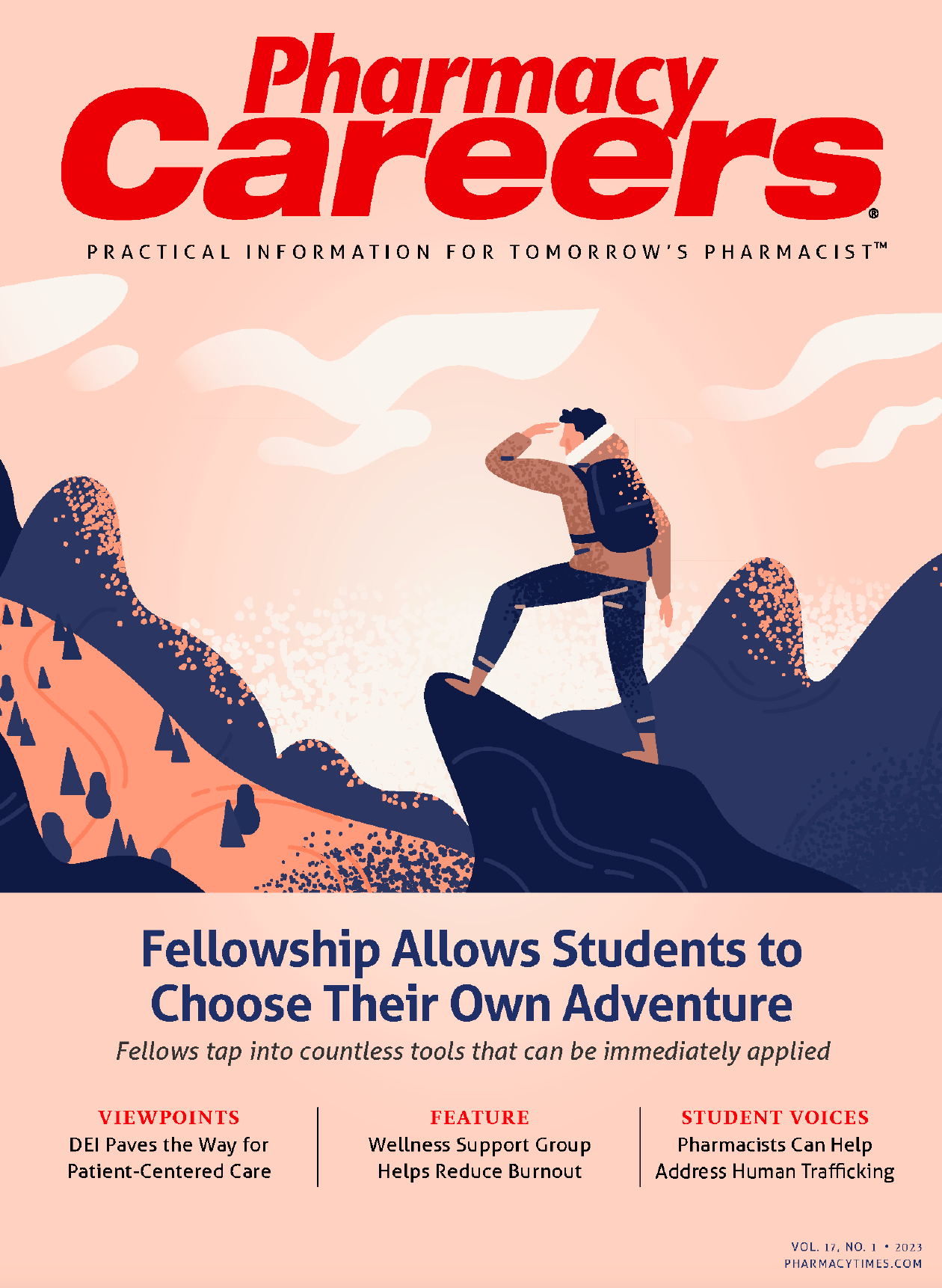Pharmacy Students Experience Compounded Mental Health Stigmas
Some classes and curricula can contribute to preexisting stigmas about drugs and treatments for mental health.
The pharmacy field has grown tremendously over recent decades, resulting in exponential growth in the number of students enrolled in PharmD programs throughout the country. These programs focus on ensuring their students fully understand clinical pharmacy before they enter the workforce. For the world of pharmacy and the intense demand for pharmacists, this is a great thing. However, for the students dedicating 4 or more years of their lives to learning the ins and outs of drugs, their adverse effects (AEs), and their mechanisms, it may not be such a great thing.
Depressed student image | Image credit: Halfpoint - stock.adobe.com

Pharmacy students receive an extremely intense education, filled with an incredible amount of information, months of sleepless nights, and long, drawn-out days. One could argue that most doctorate programs are similar. However, what makes a PharmD program challenging for students is the type of information they are receiving rather than the amount alone.
With the rising rates of mental health conditions among students enrolled in college,1 pharmacy students find themselves under even more pressure to deal with the stigmas that come with such conditions and their therapies. During their psychiatric pharmacology courses, pharmacy students focus on disease states such as anxiety, bipolar disorder, attention-deficit/hyperactivity disorder, and depression. In addition to understanding these conditions, students also learn how to manage each condition through medicinal therapy. However, most of the psychiatric pharmacology curriculum focuses on the incredibly long list of AEs that could arise from medications used to manage mental health conditions.
One clear example of this phenomenon is education about quetiapine fumarate (Seroquel; AstraZeneca). This medication falls under the category of antipsychotic drugs and primarily manages bipolar disorder, schizophrenia, and sometimes depressive mood disorder.2 While being treated with this medication, the patient could experience weight gain, increased glucose levels, orthostasis, sedation, or extrapyramidal symptoms. Although almost every medication for any condition carries AEs, pharmacy classes continuously highlight AEs associated with psychiatric disorder therapies, making it seem as if the risks outweigh the benefits of these drugs. For a pharmacy student, this delivery of information makes it challenging to have an unbiased view on antipsychotic medications.
For pharmacy students, dealing with the stigmas of a mental health issue can be far more challenging than one first imagines. Benzodiazepines, a class of medications that primarily manage depression and anxiety,3 are one of the most stigmatized drug classes in pharmacy curricula. For a student who may have been prescribed a benzodiazepine for their anxiety or depression, it becomes more humiliating and difficult to speak about their mental health and how they are being treated for it. In addition to carrying the weight of judgments and lack of sympathy that society has toward their mental illness, these students obtain information that leaves them questioning the type of treatment they are receiving for their condition.
Facing mental health stigma is challenging. Being a student in a PharmD program with a mental health component takes that challenge to a new level. The biases we are taught to have toward many psychiatric medications as pharmacy students make being open and honest about our own mental health struggles far more difficult. Creating an environment where clinical information is delivered in an unbiased manner may be a more effective method to help students alleviate the stigmas and judgments that come with a mental health condition.
About the Author
Zahra Mehrabi is a fourth-year pharmacy student at Nova Southeastern University in Davie, Florida, and is completing clinical rotations at Yale New Haven Hospital in Connecticut. After graduation, she hopes to pursue clinical writing and pharmacy consulting. Outside of academics, she enjoys reading, horseback riding, and fashion.
References
1. Abrams Z. Student mental health is in crisis. Campuses are rethinking their approach. American Psychological Association. October 1, 2022. Accessed February 9, 2023. https://www.apa.org/monitor/2022/10/mental-health-campus-care
2. Suttajit S, Srisurapanont M, Maneeton N, Maneeton B. Quetiapine for acute bipolar depression: a systematic review and meta-analysis. Drug Des Devel Ther. 2014;8:827-838. doi:10.2147/DDDT.S63779
3. Benzodiazepines. Alcohol and Drug Foundation. January 10, 2023. Accessed February 9, 2023. https://adf.org.au/drug-facts/benzodiazepines/

